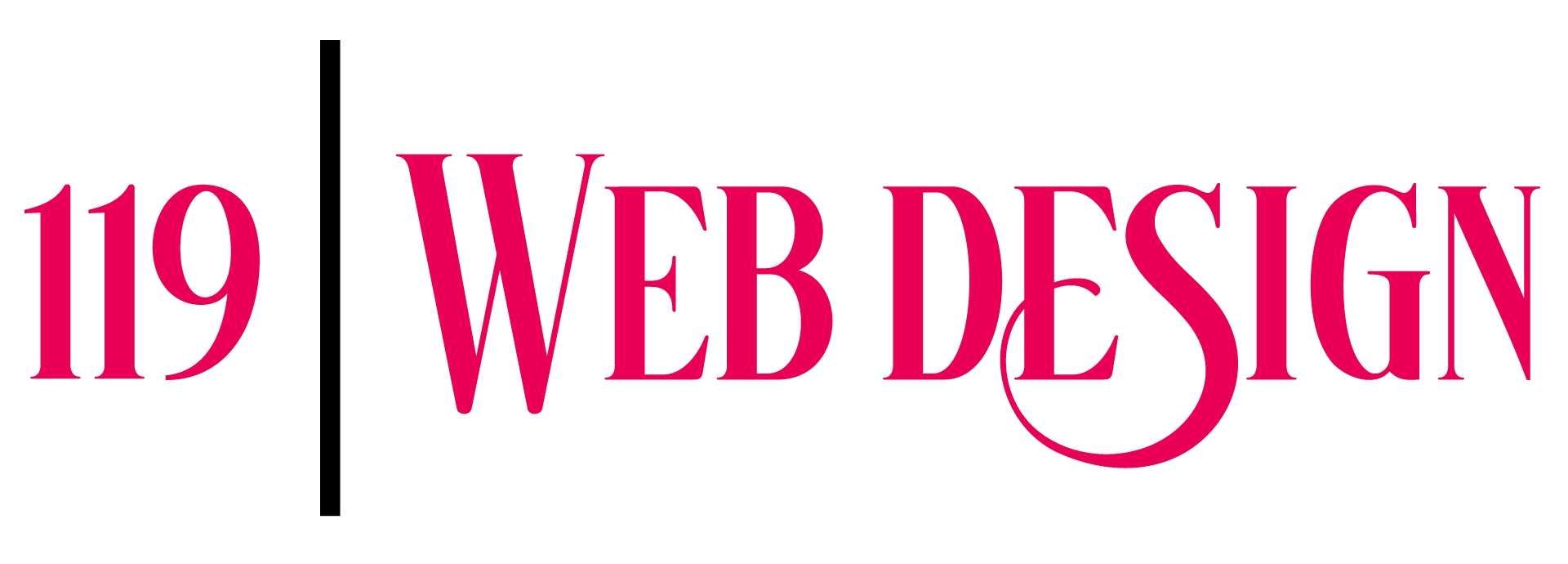When it comes to web design, having the right tools can make all the difference between a smooth project experience and a frustrating one. Whether you’re a seasoned designer or just starting out, finding the best design tools for web design is essential for creating stunning and functional websites. In this comprehensive guide, we’ll explore everything you need to know about the top tools available, from free alternatives to professional-grade software. We’ll dive into the essentials, compare popular options, and provide insights into which tools are preferred by both individuals and leading web design agencies. By the end of this article, you’ll have a clear understanding of the best tools to use for your next web design project, ensuring your work stands out and meets your clients’ expectations.
Key Takeaways
– Adobe Creative Suite is a cornerstone of web design, offering versatile tools like Photoshop, Illustrator, and Dreamweaver.
– Wix stands out for its user-friendly interface and accessibility, ideal for both novices and experts.
– Squarespace excels in modern, efficient website building with a clean design aesthetic.
– WordPress is not just a CMS; it’s widely used for web design through custom themes and plugins.
– Adobe Creative Cloud is a top choice for professionals, thanks to its advanced features and comprehensive toolkit.
– Figma is favored for real-time collaboration and seamless cross-device use.
– Canva is perfect for small agencies and designers seeking an easy-to-use platform with plenty of templates.
– Sketch is essential for UI design, offering a streamlined interface for wireframing and prototyping.
– InDesign shines in creating multi-page layouts and managing complex designs.
– Dreamweaver remains relevant for those valuing its simplicity, particularly for prototyping and static sites.

Best Web Design Tools
The best web design tools cater to a variety of needs, from collaborative real-time editing to advanced customization options. Here’s a breakdown of the top contenders:
- Figma – Known for its cloud-based collaboration capabilities, Figma allows multiple users to work simultaneously on the same project. It offers a comprehensive set of tools for designing layouts, managing styles, and collaborating in real-time, making it a favorite among teams.
- Adobe XD – Part of the Adobe Creative Cloud suite, Adobe XD provides a robust set of tools for designing and prototyping. It’s highly customizable and integrates well with other Adobe products, though it may require additional purchases beyond the initial subscription.
- Sketch – Renowned for its simplicity and clean interface, Sketch is ideal for UI and UX design. It’s lightweight and great for smaller projects or those who prefer a minimalistic approach, though it may lack some advanced features compared to Figma.
- Gravitational – Combining design and prototyping tools into one, Gravitational offers efficiency for those seeking a unified workspace. It’s powerful but may have a steeper learning curve compared to Figma.
Considerations:
- Learning Curve: Figma is user-friendly, while Adobe XD may require more time to master due to its complexity.
- Cost: Figma offers a free version, whereas Adobe XD and Sketch have paid tiers, affecting budget considerations.
- Collaboration: Figma excels in real-time collaboration, making it a top choice for remote teams.
- Customization: Both Figma and Adobe XD offer flexibility, with Adobe XD benefiting from extensive plugin support.
- Integration: Figma integrates well with various tools, and Adobe XD aligns seamlessly with other Adobe products.
In conclusion, Figma emerges as the best overall web design tool due to its versatility, widespread adoption, and robust collaboration features. While other tools have their strengths, Figma’s balance of functionality and usability makes it the top choice for many designers and teams.
Tools Used to Design a Website
Designing a website involves various tools and technologies that cater to different aspects of the process, from creation to deployment. Below is a breakdown of the primary tools:
- HTML and CSS : These are the foundational tools for creating the structure and styling of a website. HTML (HyperText Markup Language) is used to define the content, while CSS (Cascading Style Sheets) styles the appearance.
- Web Design Software : Tools like Adobe Dreamweaver, Visual Studio Code, and WYSIWYG editors facilitate the creation and editing of web content, particularly for non-coders.
- Frontend Frameworks : Frameworks such as Bootstrap, Foundation, and React provide pre-styled components and layouts, accelerating the development process.
- Content Management Systems (CMS) : Platforms like WordPress, Joomla, and Drupal offer tools for managing content, plugins, and themes, enabling users to build and customize websites.
- E-commerce Platforms : Platforms like Shopify and WooCommerce are used to create online stores, integrating with CMSes and providing functionalities for product management and payment processing.
- Hosting and Deployment : Services like GitHub Pages, Netlify, and Heroku automate the deployment of websites, making it easy to host and update sites remotely.
- Domain Registration : Services like GoDaddy and Namecheap are essential for registering domain names, which are crucial for establishing a unique web presence.
- SEO Tools : Plugins like Yoast SEO for WordPress and tools like SEMrush help optimize websites for search engines, improving visibility and traffic.
- Prototyping Tools : Tools like InVision and Figma enable designers to create interactive prototypes, allowing for early feedback and iteration on the website’s layout and design.
- Security Tools : Tools like Sucuri provide security scanning and SSL certificate setup, ensuring websites remain protected and secure.

Is Figma Best for Web Design?
Figma is widely regarded as a leading tool for web design due to its collaborative capabilities and seamless integration with modern workflows. While there are several excellent options available, Figma stands out for its ability to streamline the creation and iteration process of web designs.
Why Figma Excels in Web Design
- Collaboration Features: Figma allows teams to work simultaneously on the same project, making it ideal for remote teams and collaborative environments.
- Real-Time Editing: Designers can edit and see changes instantly, reducing the need for multiple revisions and streamlining the feedback process.
- Cloud-Based Access: Figma operates entirely online, eliminating the need for local installations and enabling access from any device with internet connectivity.
- Extensive Design System Support: Figma integrates well with design systems, allowing for consistent styling and component reuse across projects.
- Mobile App Availability: Figma offers mobile apps for both iOS and Android, enabling designers to review and iterate on projects on the go.
Competitors and Considerations
While Figma is highly regarded, it faces competition from other design tools like Adobe XD and Sketch. Each tool has its unique strengths, and the choice often depends on specific project requirements and team preferences. For instance, Adobe XD offers robust vector editing and integration with the Creative Cloud ecosystem, whereas Sketch focuses on simplicity and minimalistic design tools.
When to Choose Figma
- If your team values real-time collaboration and ease of use.
- If you need a tool that supports design systems and component-driven development.
- If you prefer a cloud-based solution with no local installation required.
- If you want to access design files directly within browsers or mobile devices.
Conclusion
Figma is indeed a strong contender for web design, particularly for teams seeking modern, collaborative tools. Its strengths in real-time collaboration, cloud-based access, and extensive design system support make it a favorite among many designers. However, the choice between Figma and other tools like Adobe XD or Sketch ultimately depends on the specific needs and workflow preferences of your design team.

Most Popular Software for Web Designing
When considering the most commonly used software for web designing, several platforms stand out due to their popularity and versatility:
- Adobe Creative Suite – Known for its extensive tools, Adobe’s suite includes Photoshop, Illustrator, and Dreamweaver, which are widely used for web design and development.
- Wix – A leading platform for website creation, Wix offers a user-friendly interface and templates, making it accessible for both beginners and experienced users.
- Squarespace – Known for its modern and clean design, Squarespace provides a range of tools for building websites efficiently.
- WordPress – While primarily a content management system, WordPress is extensively used for web design, particularly for custom themes and plugins.
These tools cater to a variety of needs, from professional web design requiring advanced features to simple website creation for individuals without technical expertise. The choice often depends on the specific requirements and expertise of the user.
Most Popular Platforms Used by Web Designers
Web designers utilize various platforms depending on their specific needs, preferences, and project requirements. Here are some of the most commonly used platforms:
- Adobe Creative Cloud – Known for its comprehensive suite of tools, Adobe Creative Cloud includes Photoshop, Illustrator, InDesign, and XD, making it a favorite among professional web designers for its versatility and advanced features.
- Figma – A cloud-based design tool that allows teams to collaborate in real-time, Figma has gained significant popularity due to its ease of use and ability to work seamlessly across devices.
- Canva – Ideal for small agencies and individual designers, Canva offers a user-friendly interface with a vast library of templates and design elements, making it accessible even for those without extensive design experience.
- Sketch – Primarily used for UI design, Sketch provides a streamlined interface for creating wireframes and prototypes, which is particularly useful in the early stages of web design projects.
- InDesign – Another Adobe product, InDesign is excellent for creating multi-page layouts and managing complex designs, making it a go-to tool for web designers working on larger-scale projects.
When choosing a platform, web designers often weigh factors such as cost, learning curve, collaboration features, and compatibility with their workflow. Some prefer the flexibility of Adobe Creative Cloud for its robust features, while others find Figma’s cloud-based approach more convenient for remote teams.

Is Dreamweaver Still Used?
Yes, Dreamweaver is still used, though its prevalence has diminished in the face of evolving web development trends. Originally developed by Adobe, Dreamweaver was once a leading tool for web design and development. It offered a What You See Is What You Get (WYSIWYG) interface that simplified web creation for non-technical users.
However, the rise of more flexible and developer-centric tools has shifted the landscape. Modern web development often favors code-heavy frameworks like React, Angular, and Vue.js, along with text editors like Visual Studio Code and Sublime Text. These tools cater to developers who prefer precision and integration with version control systems.
Dreamweaver remains relevant for specific use cases, particularly among designers or smaller teams who value its simplicity and ease of use. It’s frequently used for prototyping and static site creation, making it a viable option for projects that don’t require complex interactivity or dynamic functionality.
While Dreamweaver isn’t as dominant as before, it continues to be a functional choice for those who prefer its intuitive interface. Its legacy as a pioneer in web design tools ensures it holds a place in the history of web development, even as the industry evolves.
Conclusion
Dreamweaver is still used, particularly in contexts where simplicity and ease of use are valued. Its status as a legacy tool underscores the evolution of web development, yet it remains a viable option for those who appreciate its approach to web creation.




0 Comments